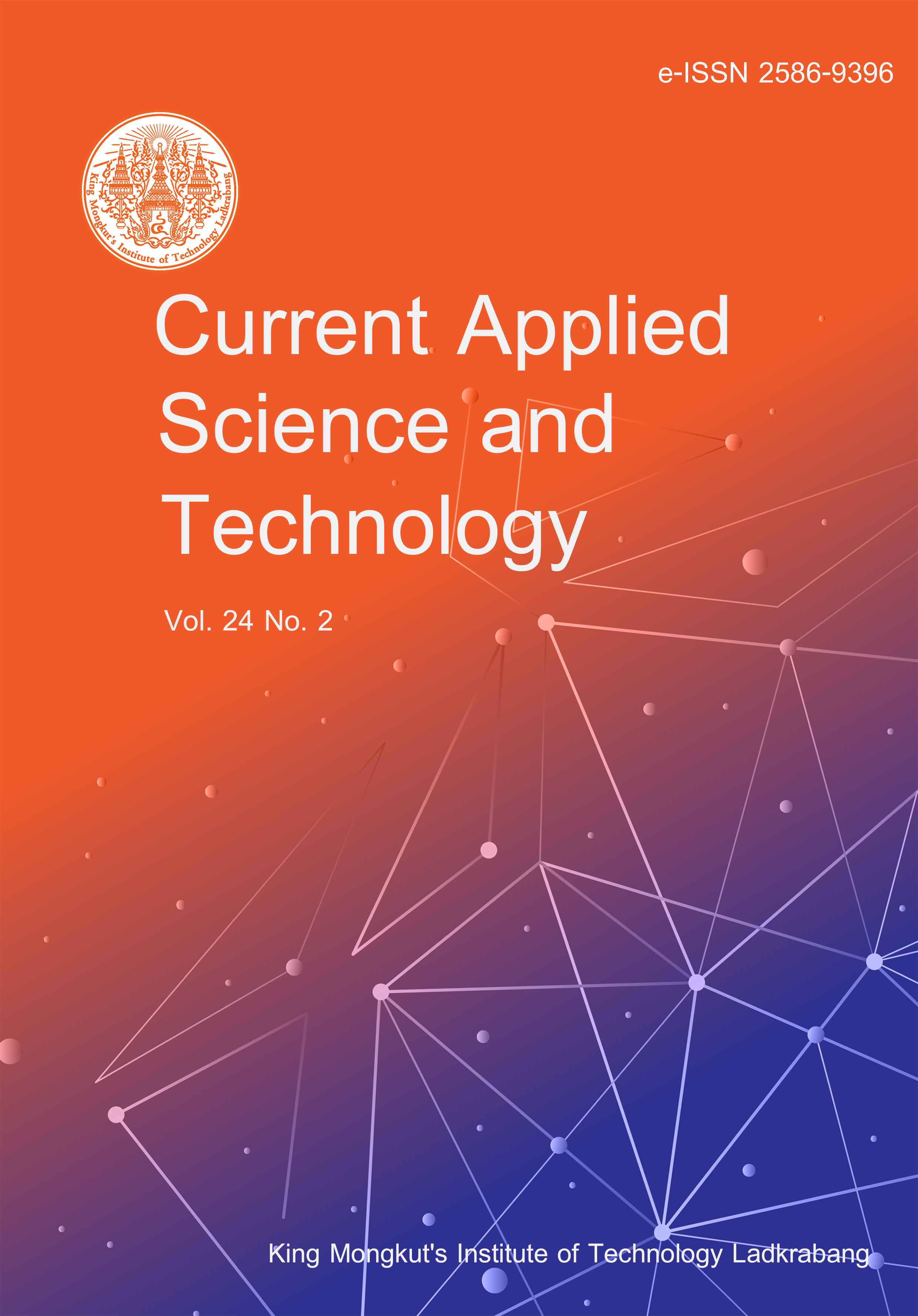Elephantopus scaber Linn. and E. mollis Kunth. are medicinal plant that are traditionally used in Indonesia. This research aimed to determine and compare the antibacterial activity of leaf, stem, and root extracts of the two Elephantopus species against various pathogen bacteria strains. The leaves, stem, and roots of E. scaber Linn. and E. mollis Kunth. were extracted using a Soxhlet apparatus. The disk diffusion method for screening antibacterial activity was conducted with a concentration of 50 mg/mL. The activities of the extracts were determined by Minimum Inhibitory Concentration (MIC) assay using broth microdilution method at a concentration range of 2500 to 1.2 µg/mL against nine human pathogenic bacteria. The results showed that all tested extracts demonstrated antibacterial activitied at varying degrees on all pathogen bacteria strains used in this study. The n-hexane and ethyl acetate extracts from both plants were potent antibacterials with MIC values of 19-156 µg/mL against Staphylococcus aureus ATCC 25923, Streptococcus mutans ATCC 25 175, Vibrio cholerae Inaba, and Pseudomonas aeruginosa ATCC 27853. The present study also revealed that among the bacteria tested, S. mutans ATCC 25175 was the most susceptible to antibacterial properties of E. scaber Linn. and E. mollis Kunth., especially in ethyl acetate fractions (MIC 19 and 39 µg/mL, respectively). The findings suggested that the leaves of both plants hold promise as sustainable bioresources for the development of antibacterial agents. Additionally, ethyl acetate and n-hexane extracts were found to be particularly effective for obtaining natural antibacterial agents from these plants. However, further optimization of the extraction process is needed.
Efendi, M. R. ., Bakhtiar, A. ., Rusdi, M. S. ., & Putra, D. P. . (2023). Comparative Study of Antibacterial Activity of Elephantopus scaber Linn. and Elephantopus mollis Kunth. Extract. CURRENT APPLIED SCIENCE AND TECHNOLOGY, e0258350. https://doi.org/10.55003/cast.2023.258350


https://cast.kmitl.ac.th/doi/10.55003/cast.2023.258350